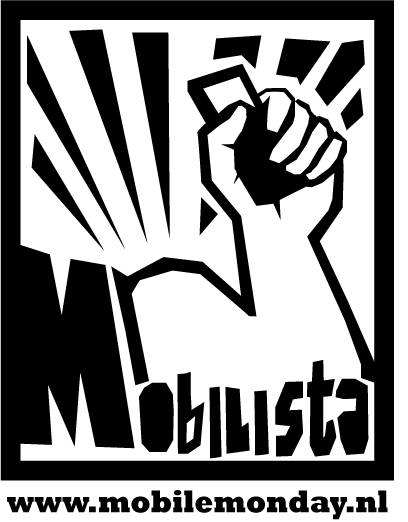Very cool concept, but their press release is all spin (I know, big suprise).
(Blogger wont let me link a URL with an ampersand in it so here it is.)
http://www.nokia.com/NOKIA_COM_1/Press/twwln/press_kit/Point_&_Find_Press_Backgrounder_October_2007.pdf
"The solution is able to distinguish objects – indoors and outdoors and even when they are very small or are moved from an original location – without the need for barcodes, RFID (radio-frequency identification) or other physical identifiers."
Somehow I bet making a 2D code is easier, faster and cheaper than registering an image with Nokia. I also expect that without a marker of some sort, how will you know what will work and what will not? The nice thing about codes is that educating users to use an easily identifiable tool is easier than showing them how to use an invisible one. Users outside Asia are just starting to understand the potential of proximity marketing with Bluetooth, RFID and 2D bar codes.
"Bored on a train, a traveller sees a photo of a beautiful island in an advertising poster. Later, once home, the image is already forgotten. But ‘Point [and] Find’ can instantly link our traveller – and potential visitor – with information about the destination, from tourist notes to special offers on flights, accommodation and excursions."
...
"Point the camera phone at a poster for a new movie to watch the trailer, buy tickets, find screening times or read reviews, or point the phone at a famous landmark to be put in touch with historical and architectural details or tourist information."
...
"...it can do this on existing camera phones, without needing hardware upgrades, and does not require costly infrastructure modifications."
...
"While capturing the image of an object is something every camera phone user knows how to do, ‘Point [and] Find’ is able to use this image to take people instantly to the content they want, with one – or maybe zero – further clicks."
So can bar codes, nothing new here.
"The benefits offered to content providers and developers by Point [and] Find are great, because they capitalise on the immediacy of the situation."
On trains and metros you cannot always depend on a good network connection. Also, I believe the tech works by having the phone send the image to Nokia for processing and response. I would bet this is not even close to instant, and definitely much slower than a code scan.
I wonder how well it will hold up against look-alikes, spoofs and other copies. It sounds like the technological gap between 2D code to image recognition is still a bit larger than the value it adds for marketing at this time. I also dislike the need for network connectivity. You may as well send an SMS instead of sending an image file from your phone to Nokia's servers so you can wait for them to tell you that you are standing in front of a 2003 Ford Bronco and maybe you would like to rent a car. Codes are (the good ones, anyway;)) are interpreted on the device, require no connectivity and can be used to trigger a wide variety of actions such as going to a URL, sending an SMS, making a phone call, saving an event to your calendar, recording a contact in your phone book, making a web bookmark, etc. Psytec's QR-code creator tool also lets you password protect them (though this is not well supported).
Anyway, maybe I am cranky today. I think this could be big in a few years, but at the moment it seems to offer little advantage over bar codes for a large cost.
 Nice community-building marketing idea that may be the gentle introduction to 2D codes the West needs. For me though, the real treat is the "Find a reader for your phone" form. Select your make and model and it will list any known compatible reader software and give you links to download them. It's so easy to find at least one reader for your phone. By promoting the reader apps out there and giving people a fun way to use the codes Augme is educating the public about their use and helping open the door for mobile campaigns and creative applications that make use of 2D bar codes.
Nice community-building marketing idea that may be the gentle introduction to 2D codes the West needs. For me though, the real treat is the "Find a reader for your phone" form. Select your make and model and it will list any known compatible reader software and give you links to download them. It's so easy to find at least one reader for your phone. By promoting the reader apps out there and giving people a fun way to use the codes Augme is educating the public about their use and helping open the door for mobile campaigns and creative applications that make use of 2D bar codes.












































